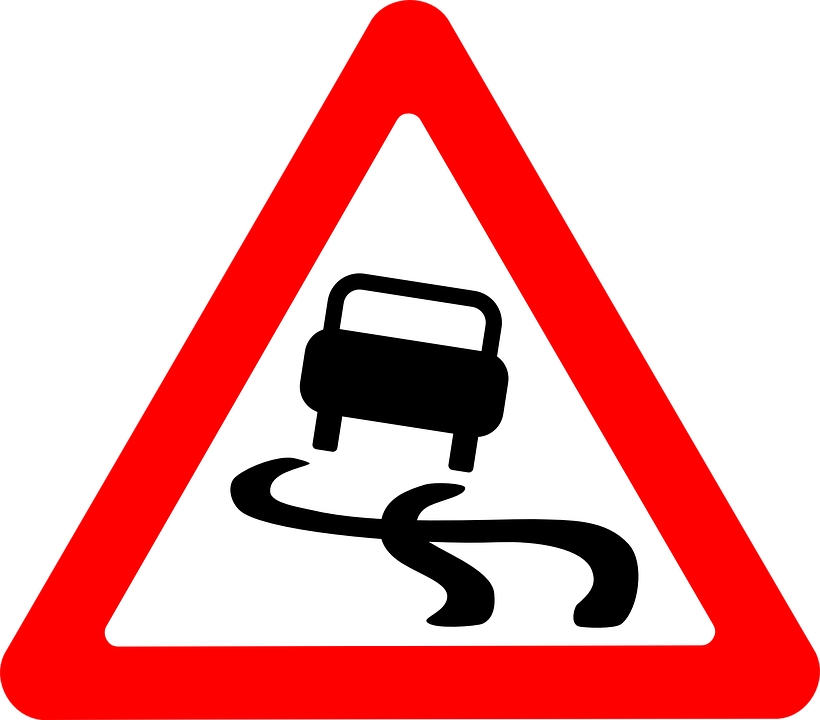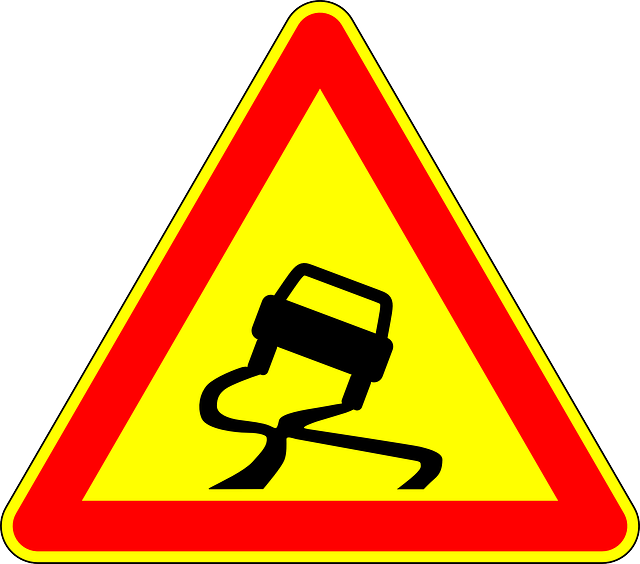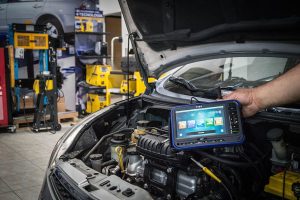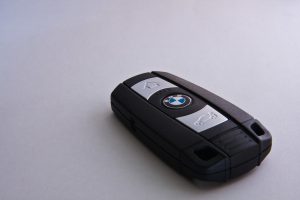Contents
ESP warning light: definition and role of ESP
ESP: components
ESP: operation of the warning light
On-board electronics in vehicles have considerably improved driving comfort and active safety. The ESP (Electronic Stability Program) is one of these devices that make driving safer by stabilizing the car when cornering. Its action is indicated on the dashboard by a yellow light.
ESP warning light: definition and role of ESP
It is necessary to mention the other devices required to understand the operation of the ESP and its warning light.
ABS or Antiblockier System is an active safety equipment that allows the anti-blocking of the wheels during braking.
According to the manufacturer, the anti-skidding system, called ASR (Acceleration Slip Regulation) or TCS (Traction Control System), allows for keeping efficient traction of the wheels, whatever the conditions, by acting on the engine management.
The electronic braking distribution, called EBD, EBV or ECB, acts on the braking power of each wheel and can modulate it.
Role of ESP

ESP acts in the event of oversteer (the rear of the vehicle stalls and causes a spin) or understeer (the vehicle slides off the front and goes straight).
Alerted by the appropriate sensors and assisted by the above devices, it modulates braking power, anti-lock braking and wheel traction to bring the vehicle back on track. For example, if the car begins to oversteer on the left, it will be controlled by accelerating the drive wheels and increasing the braking on the right rear wheel.
ESP: constituent parts
ESP is made up of:
a specific computer;
a steering angle sensor, detecting the angle of rotation of the steering wheel;
a transverse acceleration sensor, detecting abnormal lateral movements;
a yaw sensor analyzes the vehicle’s possible rotation around its vertical axis of rotation (detection of spinning).
The ESP warning light signals its operation. It is located on the dashboard and is orange, identifiable by the car skidding symbol.
ESP: operation of the light
Operating parameters of the light
The ESP warning light comes on in the following cases:
When the vehicle is started: when the ignition is switched on, like all the other lights, it is activated to check its operation and must go out after starting.
In typical operation: it is on for the duration of the active process of the ESP system and remains off when it is at rest.
In the event of an ESP malfunction: the light stays on, and a technician must check the vehicle.
Maintenance of the ESP light

The ESP warning light does not require any maintenance. The only light malfunction that can occur is if the bulb burns out.
If this happens, the repair cost is moderate: a bulb costs approximately $1, and replacement, involving removal and installation of the instrument cluster, will involve a maximum expense of $60 to $80.
Good to know: if the driver disconnects the ESP (this can be done through the on-board computer settings), the light is no longer on, and an information message will remain on the instrument panel.
Hope you’ve found the information you needed in this post. Do not forget to leave some brief remarks in the section below. Please let us know if there is a specific area of automobile electronics that you would want to learn about. We promise to get to you quickly!
Read more:
– How to Solve a Power Steering Problem;
– Is It Worth Buying an Auto Diagnostic Kit;
– Why Perform a Car Diagnostic;
– What Triggers the Anti-pollution Warning Light;
– My Car Is Overheating! What Could Be Wrong?




